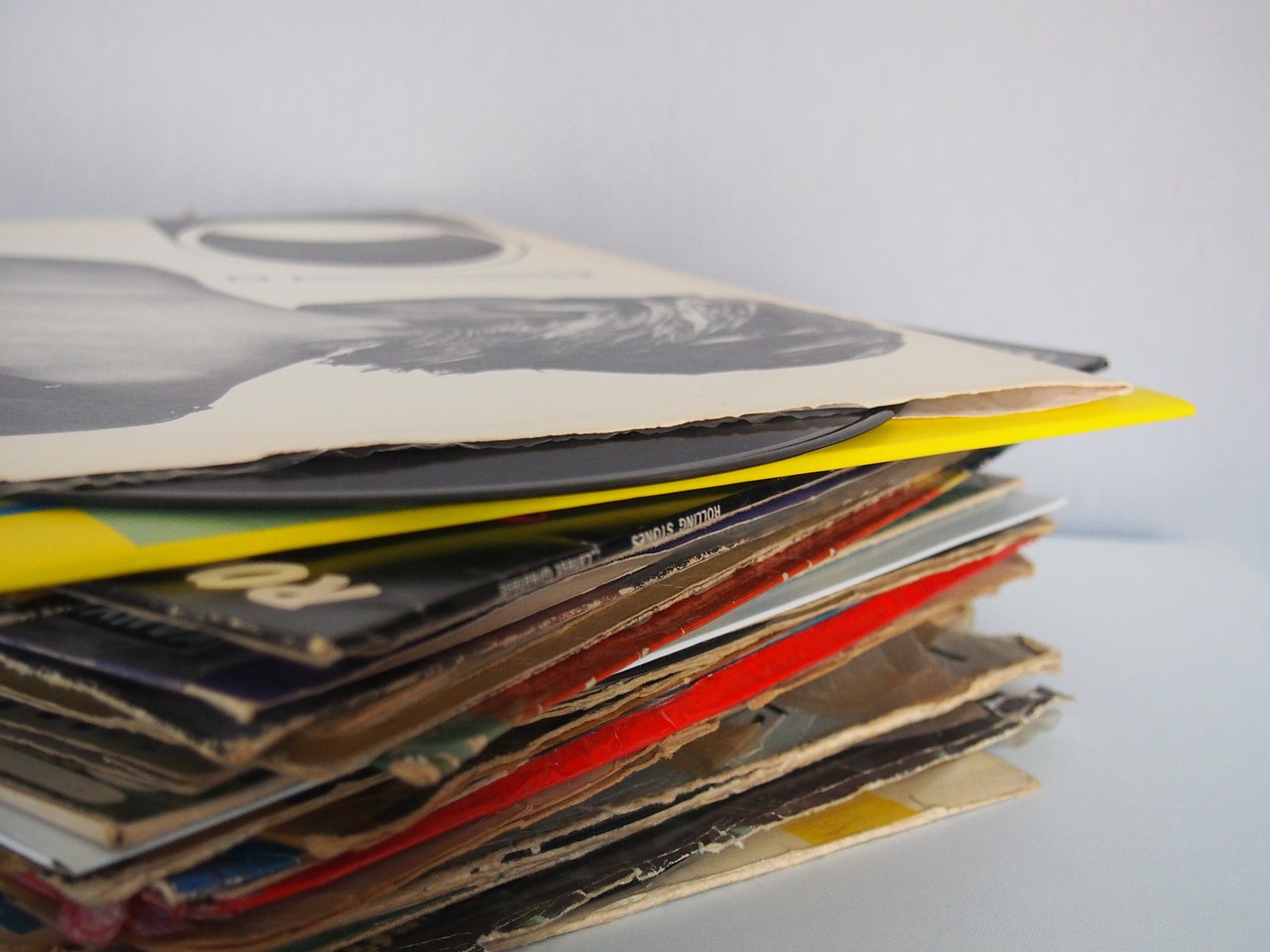Before releasing a new musical work, it is important to make the difference between an EP, album and LP.
Table of Contents
At a time when musical projects abound the music market thanks to the rise of digital, we often hear about EP, album and LP.
These three terms are sometimes confused and used as synonyms. Indeed, all three represent a finalized musical artistic project ready to be shared with the general public, but there are indeed differences and it can be useful to know how to distinguish them when you are interested in music publishing.
What is an EP?
An EP is an extended recording as opposed to a single (“Short Play”). Instead of having only one track, it generally has between four and six for a listening time of about fifteen minutes. It is therefore too long to be qualified as a simple single but too short to be considered as an album, it is in a way a “mini-album”.
This format appeared in the 1950s under the name of “Maxi 45 rpm”, at the beginning on LP or vinyl disc of seventeen centimeters in diameter. The term EP reappeared on CD in the 2000s and is now used by a large number of artists, especially developing artists, since it represents a lower economic investment than the album format and therefore a lower risk.
What is an album?
The album is the most common format today. It also corresponds to a collection of several titles. On the other hand, it usually has between eight and twelve with a listening time of between forty and sixty minutes, even if it is increasingly common to find albums with more than twelve tracks (we can take the recent example of the album Ceinture Noire de Maître Gims released in 2018 which alone had forty tracks).
It can come in different forms, including CD, vinyl or digital versions. Albums dedicated to a particular musical genre and gathering several tracks from different performers are called “compilations”, as well as albums containing several tracks from the same artist originally recorded on different discs.
What is an LP?
Finally, the LP (“Long Play” in English) is a long recording. It usually has between eight and twelve tracks as well. Thus, it is similar to an album for its number of titles and its length of listening being generally between forty and sixty minutes, but one uses the initials LP to mean that the sounds are engraved on a vinyl disc, generally of thirty centimeters of diameter (33 turns).
Unlike EP, these initials are very rarely used for compact discs; in this case, the term “album” is used. The LP music format was born shortly before the appearance of the EP. It was launched by Columbia Records in June 1948 in the United States and by Philips in 1949 in Europe. It then became widely used in the music market.
What are the differences between an EP and an LP?
Both EP and LP are types of music albums, but they differ in length, content and purpose.
The EP stands for “Extended Play” and usually contains fewer tracks than a full-length album (LP), ranging from 3 to 6 tracks. EPs are often used by artists to showcase their new work, gain exposure to new listeners, or release experimental or non-commercial material. EPs can also serve as a stepping stone to a full-length album, allowing artists to gauge audience reaction to their new material.
On the other hand, LP stands for “Long Play” and usually contains 8 to 12 or more tracks. LPs are often considered more complete and consistent in terms of theme, style and production. They are intended to be listened to in their entirety and may include hits, deeper tracks and other songs that fit thematically or musically.
In short, EPs are shorter, more experimental releases that serve a variety of purposes, while LPs are more complete and cohesive albums designed to provide a complete listening experience.
Conclusion
To make a quick summary, the EP contains about four to six tracks, the album contains more than eight, and the LP has the same characteristics as the album but the term is mostly applied to the vinyl format.
These three formats have some similarities but not enough to allow us to confuse them. So, knowing the specificities of each one can be useful in some situations. With this article I think that music publishing has no more secrets for you!







